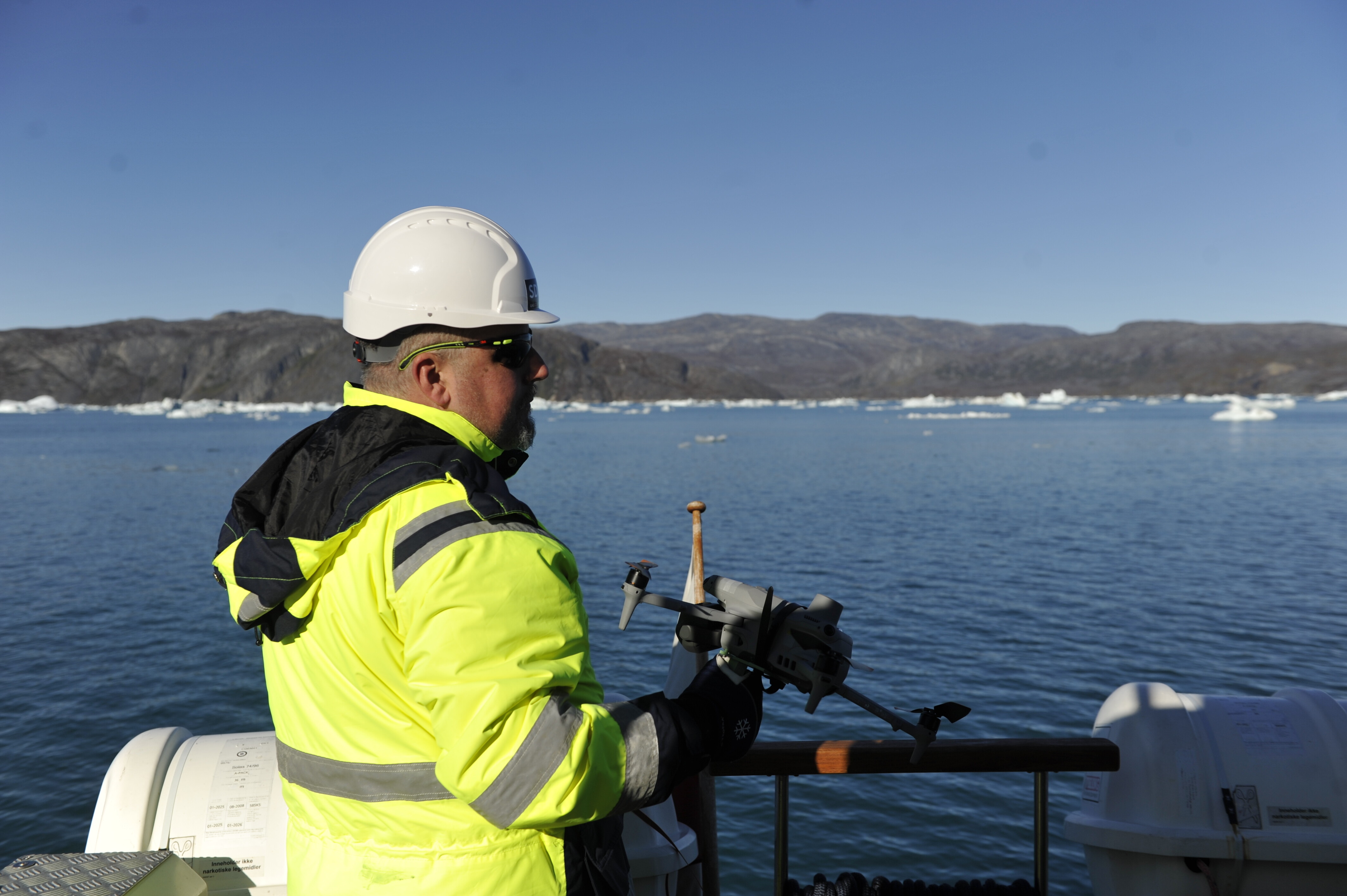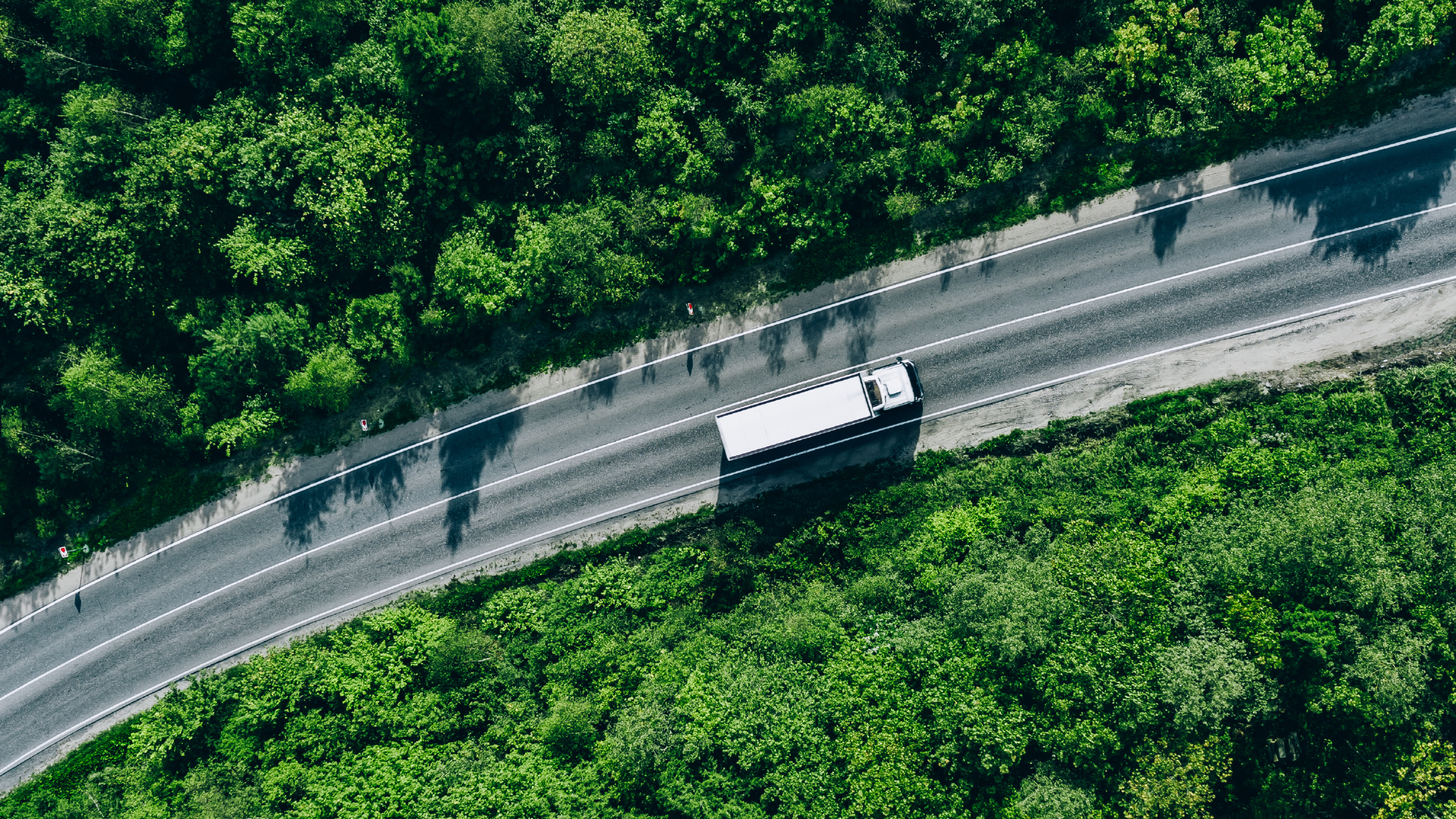A Greenlandic fisherman died in a tsunami in 1952. Did climate change kill him?
"The landslide would not have happened if not for warming of the slope," the lead author of a new study stated.
Image: REUTERS/Hannibal Hanschke
Stay up to date:
Climate Crisis
Listen to the article
- A new study found that a deadly landslide-tsunami in Greenland 70 years ago was likely caused by global warming.
- The finding marks the earliest known historic instance of an Arctic landslide being caused by permafrost degradation.
- “We may expect an increase in such catastrophic landslides in the Arctic,” the study's lead author stated.
In 1952, a landslide along the coast of Greenland triggered a tsunami that killed a local fisherman and injured several others. The tragedy went largely uninvestigated at the time.
Today, however, a new study is shedding light on the disaster. Earlier this month, a team of researchers published a study that found that the landslide was likely caused by permafrost degradation that was induced by Arctic warming. The finding marks the earliest known warming-induced landslide-tsunami in the Arctic—and suggests that global warming and climate change turned deadly earlier than previously thought.
“The findings definitely surprised me,” said Kristian Svennevig, a geologist at the Geological Survey of Denmark and Greenland (GEUS) and the lead author of the study. “To see such a clear indication of permafrost degradation already occurring 70 years ago was not something that we were expecting.”
The study—which was published in Science of The Total Environment, a peer-reviewed scientific journal—shows that the landslide deposit was covered by so-called molards, which are formed when blocks of permafrost cemented landslide material degrade into distinctive cones after the landslide. Molards, the researchers explain, are a clear indication that the slope material that failed was permafrozen.
The study also found that the landslide’s surface of rupture was deep enough within the permafrozen slope to insulate it from natural seasonal temperature fluctuations. Only several years of prior Arctic warming could have reached so deep into the slope, the researchers concluded. In fact, the Arctic had at the time already experienced anomalies of up to +1.7°C since the start of the century.
The research team conducted the study through a mix of on-site field research and historical record analysis.
This included the use of photographic datasets from sources like US Navy records, the Danish National Cadaster and GEUS archives. The team also reviewed the few records of press coverage of the disaster from Greenlandic radio and print media outlets.
Moreover, the team interviewed a local resident who was seven years old at the time of the tsunami. The resident, who recounted the tsunami waves hitting his town, is believed to be the last living eyewitness of the disaster.
(Footage of the 1952 landslide six months after it happened. The clip shows molards in the making as blocks of permafrost melt. Credit: GEUS)
The study stresses that it is impossible to say for certain what exactly triggered the 1952 landslide. But the researchers note that their findings show that permafrost degradation was the major precondition to the disaster and suggest that this is likely due to global warming in the Arctic.
The landslide would not have happened if not for warming of the slope.
”Today, the Arctic continues to warm at alarming rates, with temperatures rising in the region twice as fast as the rest of the planet, according to the US National Oceanic and Atmospheric Administration (NOAA). Arctic warming, NOAA reported in its latest Arctic report card, has caused the Greenland Ice Sheet to lose ice for 25 consecutive years.
“We may expect an increase in catastrophic landslides in the Arctic,” Svennevig stated. “Maybe we are already experiencing just that—starting with the 1952 landslide.”
Indeed, several other major landslides have been recorded in the Arctic in recent decades. In 2021, for instance, a significant landslide occurred roughly 7km south-east of the 1952 landslide site. The landslide did not cause a tsunami, but researchers determined that the landslide was caused by a similar pattern of permafrost degradation due to warming.
What’s the World Economic Forum doing about climate change?
Researchers note that the study of landslides in Greenland and throughout the Arctic remains limited. Experts also maintain that further analysis of past landslides can help people today better understand the impact of rising temperatures worldwide.
“I think as we look back on previous events with our current understanding of a century plus of warming, we might find more of these early warnings of climate change,” Svennevig stated, adding that further study in the area could contribute to the complex task of predicting when and where future landslides will occur.
The study of the fatal 1952 landslide comes as the world continues to be on the brink of several climate crisis tipping points. These junctures entail changes to significant parts of the global climate system that become inevitable and self-perpetuating regardless of efforts to mitigate warming.
Such tipping points, as one major study published in Science recently noted, include the collapse of the Greenland ice sheets and widespread permafrost thaw. "These changes may lead to abrupt, irreversible, and dangerous impacts with serious implications for humanity,” the study concluded.
Accept our marketing cookies to access this content.
These cookies are currently disabled in your browser.
Don't miss any update on this topic
Create a free account and access your personalized content collection with our latest publications and analyses.
License and Republishing
World Economic Forum articles may be republished in accordance with the Creative Commons Attribution-NonCommercial-NoDerivatives 4.0 International Public License, and in accordance with our Terms of Use.
The views expressed in this article are those of the author alone and not the World Economic Forum.
Forum Stories newsletter
Bringing you weekly curated insights and analysis on the global issues that matter.
More on Climate Action and Waste Reduction See all
Noelia Garcia Nebra
November 18, 2025
Jane Thoning Callesen
November 18, 2025
Shyam Bishen
November 18, 2025
Tom Crowfoot
November 18, 2025






